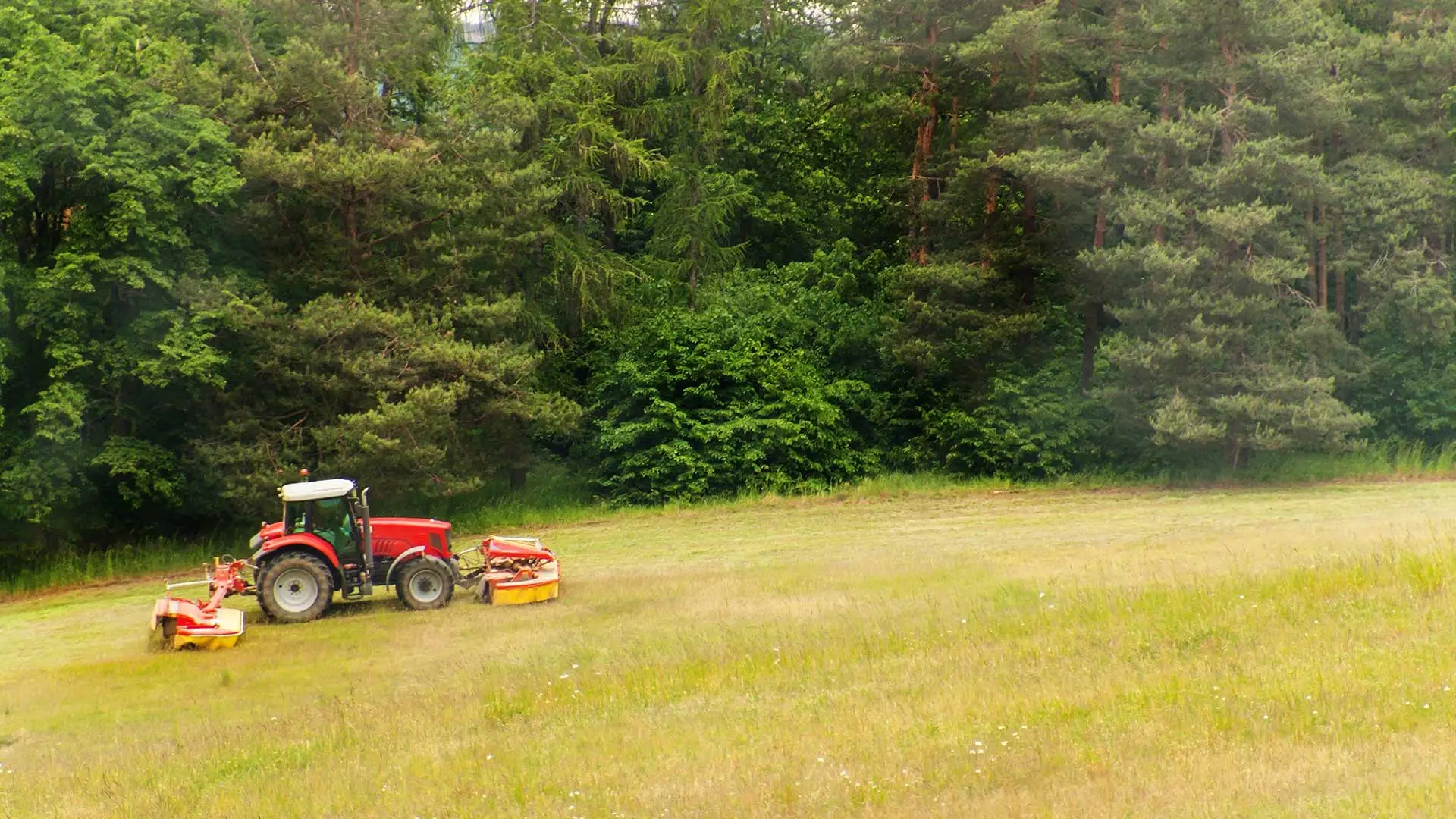Late fall fertilizing is a crucial last step in lawn care programs north of the transition zone. Although the exact timing can vary due to weather conditions, the final fertilizer application should be made sometime between Halloween and December 1st – when the grass stops growing or slows down to the point of not needing to be mowed, but before the ground freezes.
Proper timing is crucial. If the winterizer fertilizer product is applied too early, it can invite winter injury and snow mold to your dormant lawn. Also, make sure to remove all leaves and other debris from your lawn before application for best results.
Cool season turf recovers from summer stress like drought, heat, and disease in the fall. If the lawn does not need food and has been properly fertilized in the late summer, grass can begin to store carbohydrate reserves in the stems, rhizomes, and stolons. Carbohydrate reserves help grass resist winter injury and disease, and serve as a source of energy for root and shoot growth the following spring. A late fall fertilization will also provide better winter color, enhanced spring green up, and increased rooting.
Always follow the manufactures suggestions on how and when to apply your winter application of fertilizer. Also, make sure to follow all safety rules that are listed on the back of the product. Late fall fertilizing should be applied in conjunction with a complete lawn care fertilizer program for best results.




Comments (0)
Thanks for your comment!
Thanks for your feedback! Your comments have been successfully submitted! Please note, all comments require admin approval prior to display.
Error submitting comment!
There is a problem with your comment, please see below and try again.